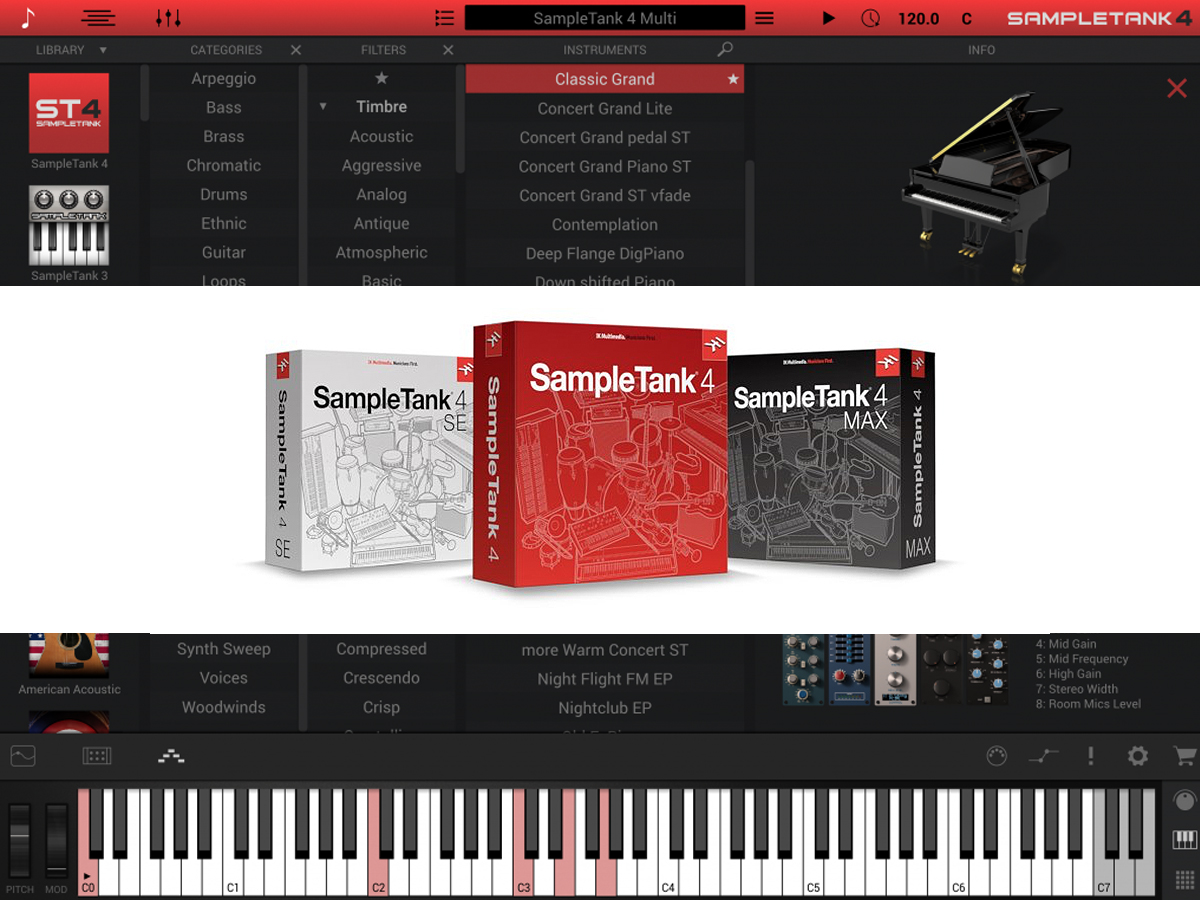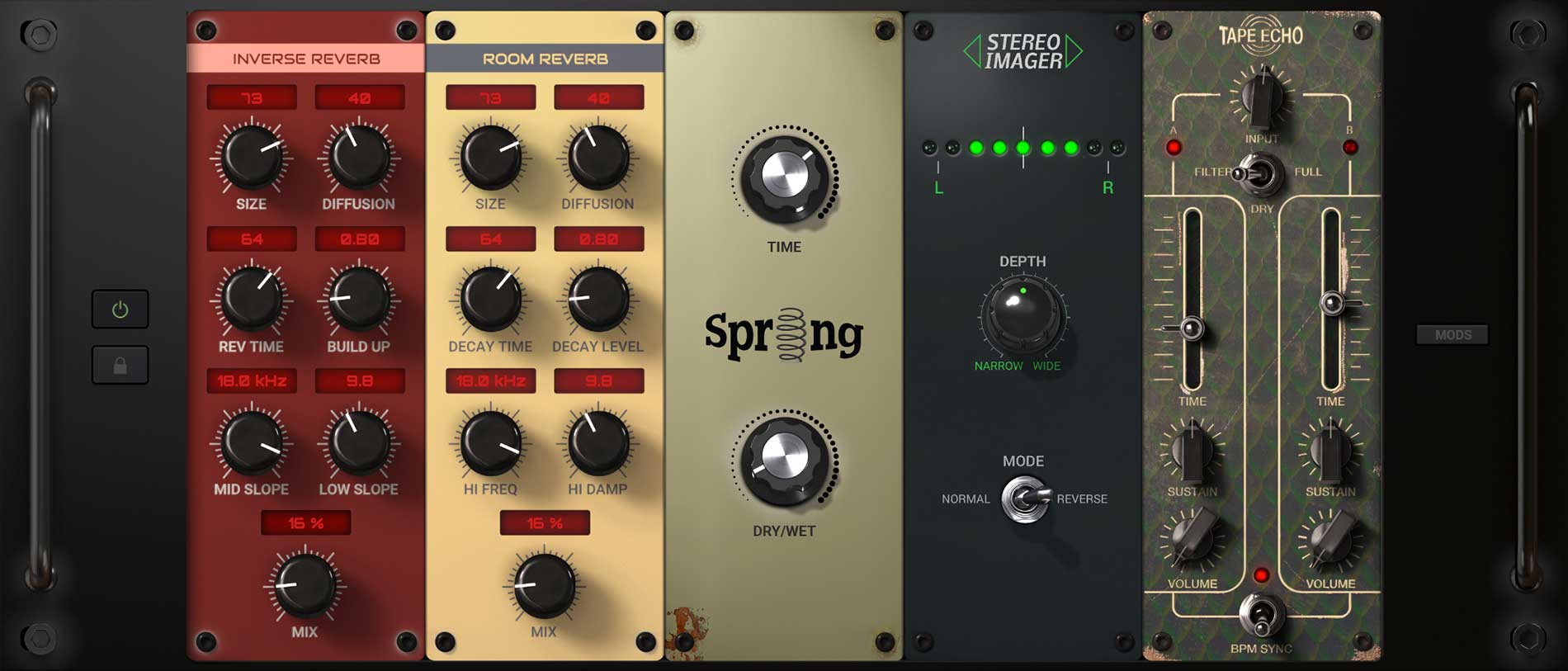

Click on "Default Synth" (1) the dropdown sythn menu (2) select SampleTank (3).ģ. (If you cannot see this displayed, click on the > to the right of the yellow cross to view icons that are not on the menu bar.)Ģ. or other variations - see the post from Jazzmandan, a couple further on in this thread.)ġ. (Note: for some, the path may be C:\Program Files\IK Multimedia\SampleTank 2.5\Instruments\OmniSynth 2. Jim suggests copying these to x:\bb as it makes them easier to find because one of the maps needs to be loaded each time BIAB is started. This folder contains the midi maps for general midi. What I've written below interprets Jim's words with images for assistance.Įssentially, if you navigate to C:\Program Files\IK Multimedia\Instruments\OmniSynth 2, you'll find a folder called "GM Prog Chng Bank". In the above thread, Jim111 offers a detailed explanation of how to get Omnisynth functioning properly in SampleTank. Or, just let me know four character ID comes up using Shift-I and I can do the conversion.Below is the URL for setting up SampleTank with Omnisynth so that it can act as a host for General MIDI. So, if you follow this procedure for your SampleTank plugin, you should be able to derive the numeric Plugin ID. I know that is correct, because that is what Notion themselves used for Miroslav as the Plugin ID in their ruleset. I just used a programming calculator, entered 50483130 as an 8-diugit hex number, and told it to convert to decimal. Then, we treat those four HEX codes as one large 8-character HEX code, and convert to a decimal number (which is the Plugin ID that Notion needs in the custom rules file). You can look up ASCII codes in hexadecimal here: First we have to convert each character to its ASCII equivalent, but in hexadecimal: 50-48-31-30. The VST ID for PC is revealed by Shift-I to be "PH10".

I'll use Miroslav Philharmonik as an example. But let's use another one as an example you can follow to find it yourself. I don't have SampleTank readily available to open in Notion (I only use 64-bit Notion and haven't jBridged it yet), so I can't figure that one out directly for you. If that four-character doesn't work as the Plugin ID, you can convert it to the numeric equivalent. In Notion 4, you can just use this four character identifier as your Plugin ID in your plugin rules, but I'm not sure if you can do that in Notion 3, I never tried. The first four characters in the parentheses listed after the VST name is the unique VST ID.

You can determine the plugin ID of any VST by opening a staff in Notion with that VST plugin assigned to it, then press "Shift-I".


 0 kommentar(er)
0 kommentar(er)
